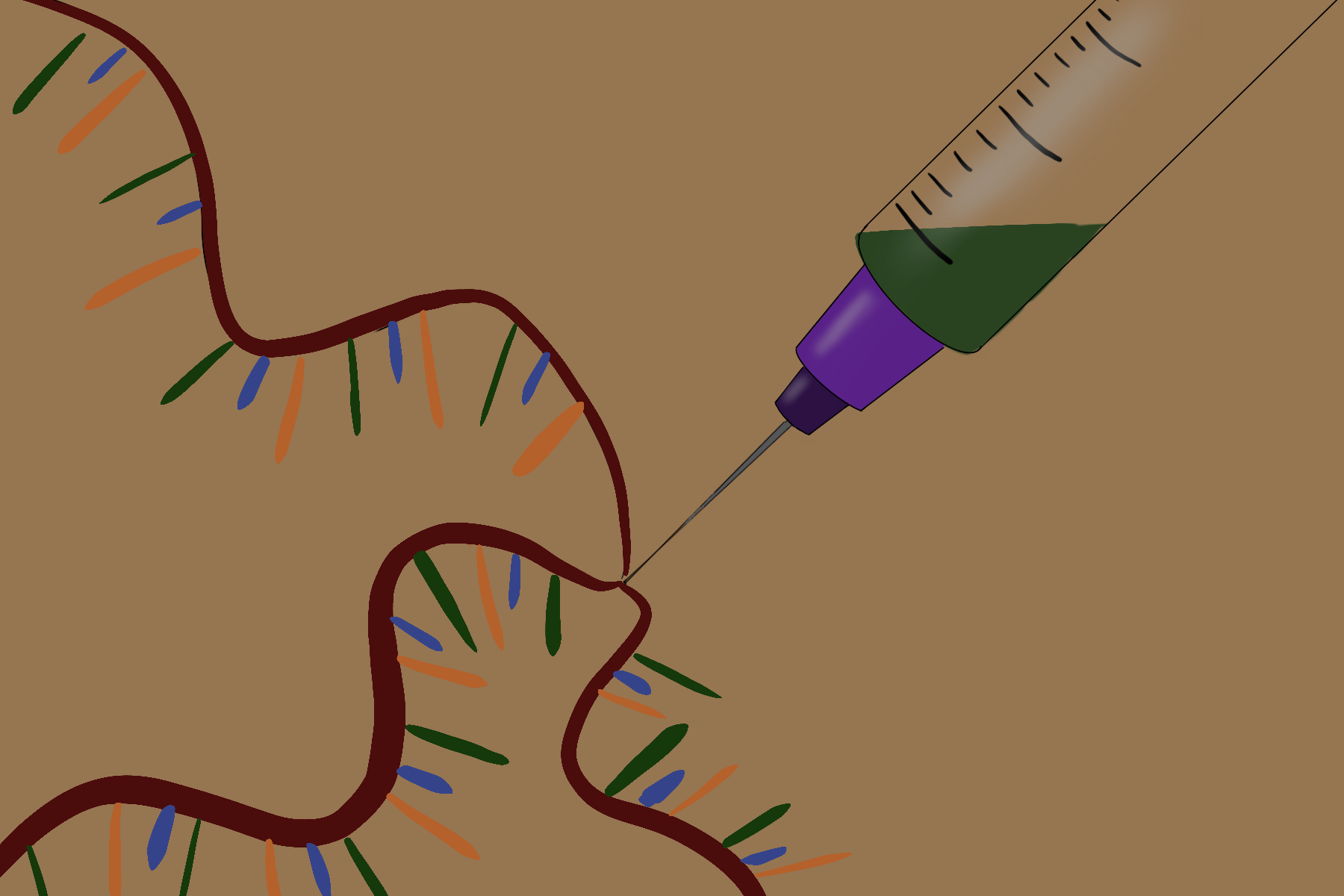
By Evan Wen (IV)
Can a COVID-19 vaccine bring life back to normal? Early data suggests that certain vaccines could be the answer to this question. However, the Centers for Disease Control and Prevention (CDC) has a long and elaborate process for approving said vaccines. The process begins with an exploratory and preclinical stage, followed by clinical development; within the latter is a three-phase process. Phase I includes small groups of people receiving the trial vaccine. In Phase II, the vaccine is given to groups of people who fit a target demographic. For the final phase, the vaccine is given to thousands of people to test for both efficacy and safety. Once the vaccines pass Phase III, companies must receive approval from the FDA before manufacturing and mass-distributing the vaccine. Once the vaccine is distributed, the Vaccine Adverse Event Reporting System monitors the side-effects. As of November 24, 2020, five companies––AstraZeneca, Jannsen, Moderna, Novavax, and Pfizer––are going through or plan to go through Phase III clinical trials.
When infected with COVID-19, it takes several days for a person’s body to recover from the infection. During this recovery period, the body creates the necessary tools to fight off the infection and the immune system proceeds to store information about how to protect the body against COVID-19 in the future. The vaccines allow the body to produce the necessary white-blood cells to attack the virus and defend itself from infection without contracting it.
There are three types of vaccines that are currently in Phase III of clinical trials: an mRNA vaccine, a protein subunit vaccine, and a vector vaccine. The mRNA vaccine contains genetic information that allows the virus to create a specific protein that lets the body make copies of said protein. When infected with COVID-19, the body will detect this protein and create white blood cells that will fight off the virus. Meanwhile, protein subunit vaccines harness pieces of proteins from SARS-CoV-2 (the virus which causes COVID-19), and, similar to the mRNA vaccine, the body creates white blood cells to fend off these proteins. Finally, vector vaccines contain a weakened version of the live virus that the body then uses to first learn about COVID-19 and create the defensive white blood cells thereafter.
Moderna and Pfizer Pharmaceuticals have released data from Phase III trials, both companies planning to release mRNA vaccines with approximately 95% success rates. In trials done by Pfizer, patients were analyzed 21 days after being given their vaccine whereas Moderna analyzed its patients 14 days after administration, and results show that both vaccines have had little to no side effects. A major difference between the two vaccines, however, is in the way they must be stored in order to maintain efficacy. Pfizer’s vaccine must be stored at -112 degrees Fahrenheit for up to 5 days, requiring special freezers found in labs and hospitals. In stark contrast, Moderna’s vaccine can be stored between 36 to 46 degrees Fahrenheit while being able to stay in the refrigerator for 30 days. As both vaccines wait to be approved by the FDA, both companies begin to make plans for widespread distribution.
Our community has taken drastic measures to slow the spread of COVID-19 by wearing masks and staying socially distant. By continuing the current safety measures and following the CDC’s recommendations––especially as vaccines are approved and distributed––the return of normalcy may soon be upon us.
Art by Monica Chan (VI)
